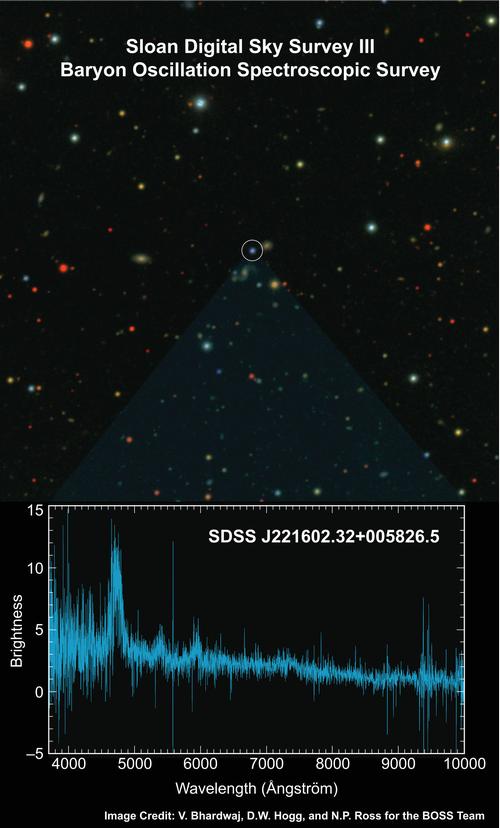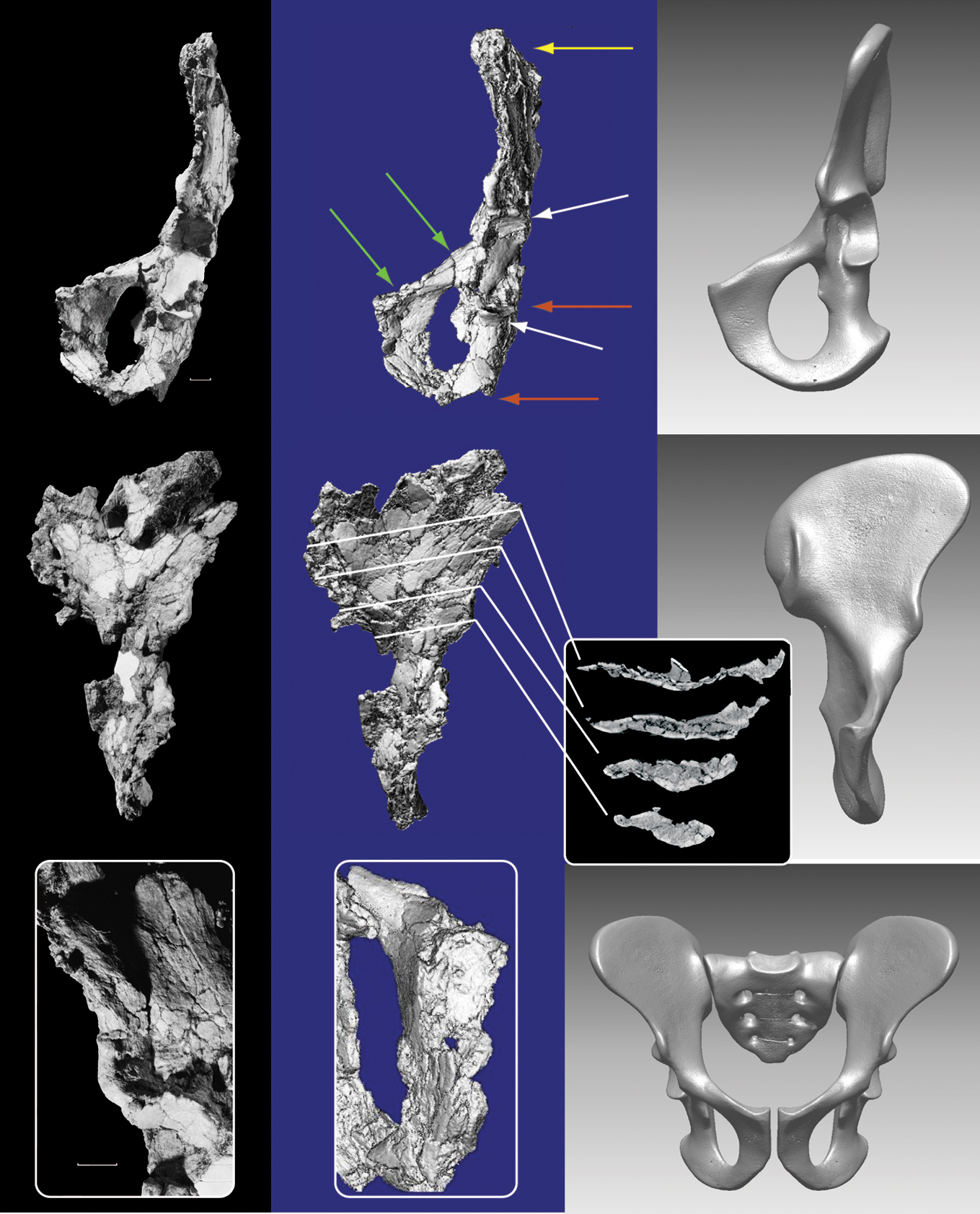Sitting up straight in a chair is obviously good for posture but it can also make you unconsciously more confident, say Ohio State University researchers.
They found that people who were told to sit up straight were more likely to believe thoughts they wrote down while in that posture concerning whether they were qualified for a job while those who were slumped over their desks were less likely to accept written-down feelings about their own qualifications.
The results are an indication that our body posture can affect not only what others think about us, but also how we think about ourselves, said Richard Petty, co-author of the study and professor of psychology at Ohio State.
You would think religious people and atheists don't have a lot in common regarding thinking but they do, says a study by UCLA, Pepperdine and USC neuroscientists.
It's tough to systematically compare religious faith with ordinary cognition, so calibrate accordingly, but in a neuroimaging study the researchers found that while the human brain responded very differently to religious and nonreligious propositions, the process of believing or disbelieving a statement, whether religious or not, was governed by the same areas in the brain.
The power of quantum mechanics for data transmission is intriguing because of potential for secure, high speed communications but current storage and transmission of quantum information is far too fragile to have any practical value in the near term.
In classical communications, a bit can represent one of two states - either 0 or 1. But because photons are quantum mechanical objects, they can exist in multiple states at the same time. Photons can also be combined, in a process known as entanglement, to store a bit of quantum information (i.e. a qubit).
The diagnosis of mental health disorders in the US has nearly doubled in the past 20 years and clinical psychologists and therapists are on the front lines of handling it but many are falling short because they use methods that are out of date or lack any scientific rigor or both.
How is that possible? Because many of the training programs, and especially some Doctorate of Psychology (PsyD) programs and for-profit training centers, are not grounded in science, according to a new report in Psychological Science in the Public Interest.
Is 'dark energy', the mysterious unidentified thing that would be a nice explanation for a lot of universal questions, physics or religion? Maybe baryon oscillations can tell us.
Baryon oscillations began when pressure waves travelled through the early universe. An ambitious attempt to trace the history of the universe, called the Baryon Oscillation Spectroscopic Survey (BOSS), has seen first light. BOSS, a part of the Sloan Digital Sky Survey III (SDSS-III), took its first astronomical data on the night of September 14th.
Researchers writing in Science have described Ardipithecus ramidus, a hominid species that lived 4.4 million years ago in what is now Ethiopia.
The last common ancestor shared by humans and chimpanzees is thought to have lived six or more million years ago and Ardipithecus likely shared many of this ancestor's characteristics. In context, Ardipithecus is more than a million years older than the famous "Lucy" female partial skeleton of Australopithecus afarensis. Until the discovery of the new Ardipithecus remains, the fossil record contained scant evidence of other hominids older than Australopithecus.
 Study: Caloric Restriction In Humans And Aging
Study: Caloric Restriction In Humans And Aging Science Podcast Or Perish?
Science Podcast Or Perish? Type 2 Diabetes Medication Tirzepatide May Help Obese Type 1 Diabetics Also
Type 2 Diabetes Medication Tirzepatide May Help Obese Type 1 Diabetics Also Life May Be Found In Sea Spray Of Moons Orbiting Saturn Or Jupiter Next Year
Life May Be Found In Sea Spray Of Moons Orbiting Saturn Or Jupiter Next Year








